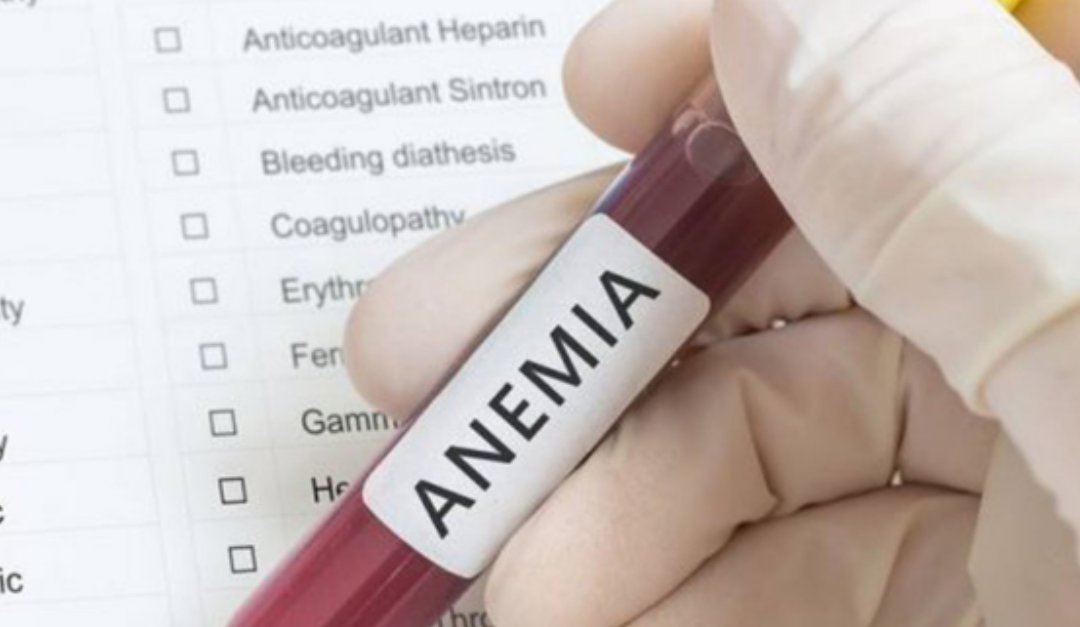Are you deficient in at least one vitamin or mineral essential for good health? This may be surprising, but you have almost one in three chances of being at risk.
A recent study showed the top five nutrients that many of us need more of. That’s what I’m sharing with you in this post.
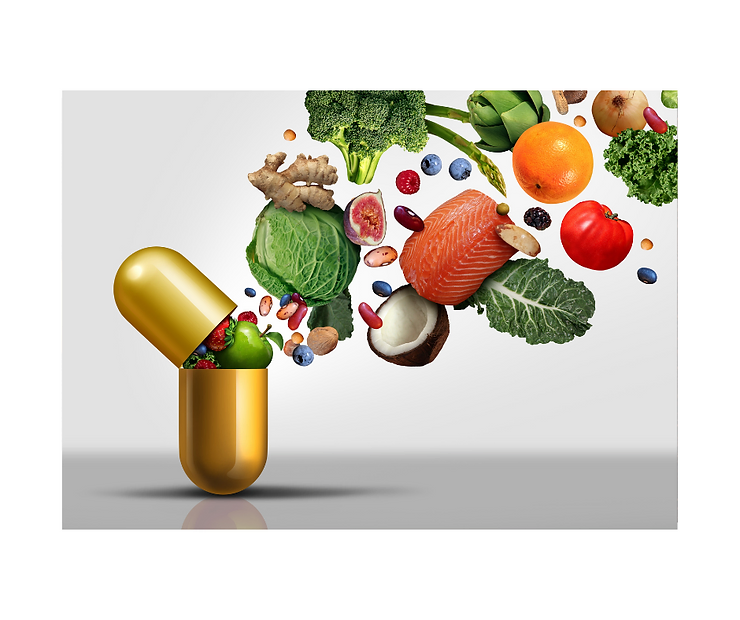
2 – Vitamin B12
Like Vitamin B6, Vitamin B12 is also very important for your blood and brain. It is needed for the creation of healthy red blood cells and the formation of the outer coating of nerve cells (myelin) which is very important for their optimal functioning.
A deficiency in Vitamin B12 can be more likely because it’s a bit difficult to absorb from your food. To improve absorption, it’s important to have adequate acid and digestive enzymes in the stomach. This is because the vitamin is very strongly bound to the proteins in food, and stomach acid and enzymes help to break those bonds and free the vitamin so your body can take it in.
Having a Vitamin B12 deficiency can be caused by a type of anemia called “pernicious” anemia. Pernicious anemia is an autoimmune disease that affects the stomach and reduces its ability to absorb Vitamin B12. A deficiency in Vitamin B12 can then lead to a different type of anemia called “megaloblastic” anemia. Low levels of Vitamin B12 can also cause neurological damage (due to impaired myelination of nerve cells).
Vitamin B12 isn’t naturally present in most plant-based foods, except it is found in some nutritional yeast products. It is naturally found in dairy, eggs, fish, poultry, and meat and is particularly high in clams, beef liver, trout, and salmon. Many breakfast cereals are fortified with Vitamin B12.
If you are consuming Vitamin B12 supplements or eating foods that are fortified with Vitamin B12, your levels of stomach acid and digestive enzymes aren’t as critical as they are for the absorption of the vitamin directly from foods. This is because when adding Vitamin B12 to foods and supplements, it’s not tightly bound to their proteins and this makes it much more easily absorbed.
https://thor.ne/dzg97 (B complex)
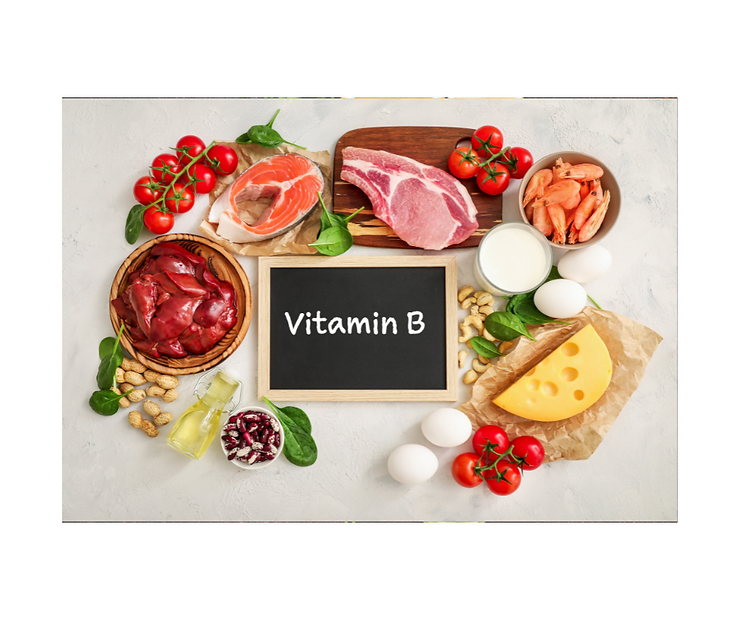
3 – Vitamin C (Do people still get Scurvy?)
Although cases of Scurvy are rare, Vitamin C is important for wound healing (via a protein called collagen), the production of neurotransmitters, metabolism, and the proper functioning of the immune system. Vitamin C also acts as an antioxidant to reduce the damage caused by free radicals that can worsen several diseases such as certain cancers and heart disease. Vitamin C also helps your body absorb the essential mineral iron, which is one of the top five nutrient deficiencies also included in this article.
Collagen is a vital component of connective tissue and this describes some of the symptoms of its deficiency disease, scurvy. Symptoms of scurvy include weak connective tissue such as bleeding, wounds that won’t heal, and even the loss of teeth.
You can get Vitamin C from many fruits and vegetables. Ones particularly high in Vitamin C include bell peppers, oranges, and orange juice. Other good sources of vitamins include kiwifruit, broccoli, strawberries, Brussels sprouts, tomato juice, cantaloupe, cabbage, and cauliflower. Vitamin C is not naturally present in grains, but some breakfast cereals are fortified with it.
When choosing foods for Vitamin C, choose the freshest options because levels of the vitamin naturally reduce over time the longer the food is stored. Try, as much as possible, to eat Vitamin C-rich foods raw. If you do cook them, then choose to steam and microwave instead of prolonged boiling because the vitamin is destroyed by heat and is water-soluble.
https://thor.ne/kr3Kt (Vitamin C Powder)
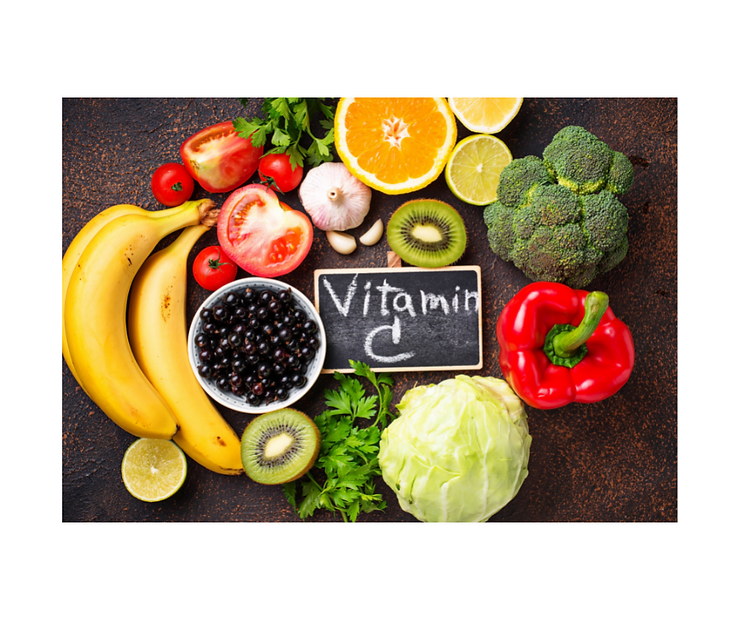
4 – Vitamin D Deficiency
Vitamin D, also known as the “sunshine vitamin,” is very important for your bones. It promotes the absorption of the mineral calcium. When your body has enough calcium, it can maintain normal bone mineralization and prevent problems in the muscles that lead to cramps and spasms. Getting enough Vitamin D and calcium can also help protect against osteoporosis. In addition to all of these bone and muscle impacts, Vitamin D helps to reduce inflammation and modulate both immune function and sugar metabolism.
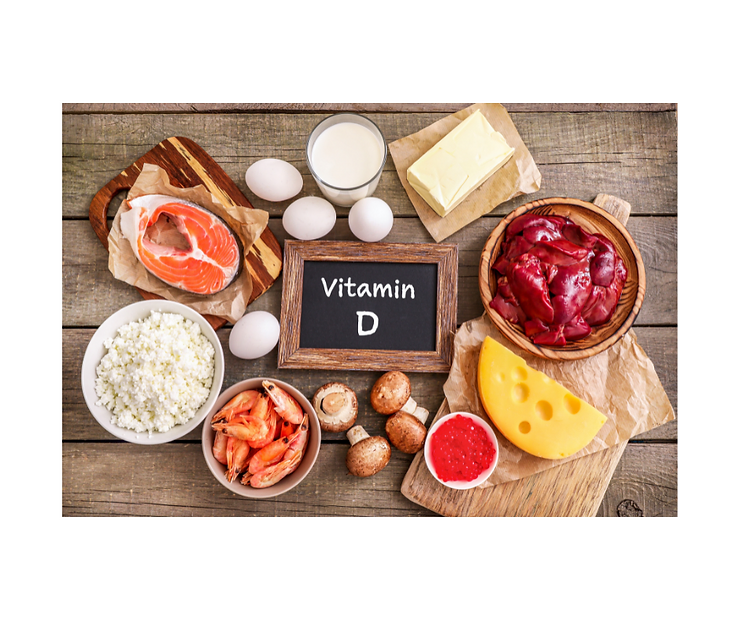
Without enough Vitamin D bones can become thin, brittle, or misshapen. Vitamin D prevents these issues known as rickets (in children) and osteomalacia (in adults).
Your skin makes Vitamin D when it’s exposed to the ultraviolet rays of the sun and very few foods naturally contain it. The few Vitamin D-rich foods include fatty fish and fish liver oils (e.g., salmon, trout, cod liver oil). Other foods that naturally contain small amounts of Vitamin D include egg yolks, beef liver, and cheddar cheese. Some mushrooms can contain Vitamin D—particularly those exposed to UV light.
Most of the dietary Vitamin D that people in the US get is from fortified foods and beverages. These include some dairy products (mainly milk), certain plant milk (e.g., soy, almond, or oat milk), various breakfast cereals, and a few types of orange juice. Be sure to look at the nutrition labels to see if and how much Vitamin D is in each serving of the food or beverage.
https://thor.ne/KI0GN (vitamin D liquid)
5 – Iron Deficiency & Anemia
Iron is a mineral essential for healthy blood so that it can transport vital oxygen throughout your body every second of every day. This happens via a compound in your red blood cells called “hemoglobin.” Iron also supports your muscles (like Vitamin D) and your connective tissue (like Vitamin C). Having adequate iron is necessary for physical growth, neurological development, hormone production, and the function of your cells.
A deficiency in iron is commonly known as “anemia.” Menstruating women tend to be lower in iron simply because of their regular loss of blood.
Most iron in the body is in the blood, but there is some stored in the liver, spleen, bone marrow, and muscles. This is why iron deficiency progresses slowly from depleting your stores (mild iron deficiency), to reduce the number of red blood cells (marginal iron deficiency), before you get to full-out iron deficiency anemia.
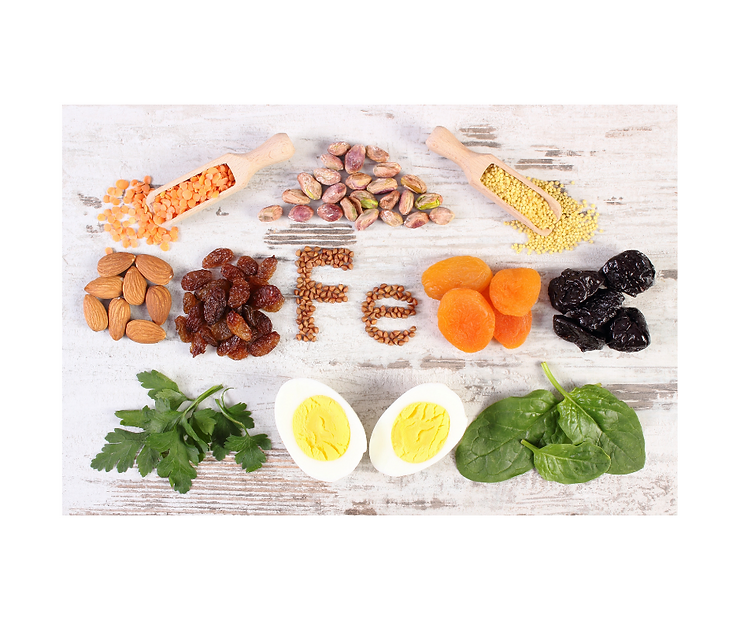
Iron is naturally found in many foods in one of two forms: heme and nonheme. Animal-based foods contain the more absorbable heme form. Plant-based foods naturally contain nonheme iron. This is where Vitamin C comes in. Vitamin C helps your body absorb the nonheme iron from plants, which is why, if plants are a main source of iron in your diet, it’s important to combine iron-rich plants with Vitamin C-rich plants in the same meal.
Some of the best sources of iron include fortified cereals, oysters, white beans, dark chocolate, beef liver, lentils, spinach, and tofu.
Final thoughts
Up to one-third of people in
the US are at risk for at least one nutrient deficiency. Most commonly, that deficient nutrient is Vitamin B6, but there are also many people deficient in vitamins B12, C, and D, as well as the mineral iron. Vitamins and minerals are essential nutrients because everybody needs them on a regular basis for good health. Lacking any one nutrient can have far-reaching consequences.
Eating a nutrient-rich diet with a variety of foods and supplementing when necessary can help everyone achieve their health and nutrition goals.
To know if you’re at risk for a nutrient deficiency, consult a nutrition professional who can review your foods and supplements. I can help. Here is my link to book a chat about making sure you meet your dietary needs.
Feeling “off” or having symptoms that concern you? Need a personalized list of recipes and a plan to help you enjoy eating well? Book an appointment with me to see if my micronutrient testing, personalized meal plans, or nutrition services can help you. I can be reached at julia@innovativenutritionnc.com or (704) 577-8066
References
Bird, J. K., Murphy, R. A., Ciappio, E. D., & McBurney, M. I. (2017). Risk of Deficiency in Multiple Concurrent Micronutrients in Children and Adults in the United States. Nutrients, 9(7), 655. https://doi.org/10.3390/nu9070655
https://www.ncbi.nlm.nih.gov/pmc/articles/PMC5537775/
National Institutes of Health Office of Dietary Supplements. (2020, February 28). Iron fact sheet for health professionals.
https://ods.od.nih.gov/factsheets/Iron-HealthProfessional/
National Institutes of Health Office of Dietary Supplements. (2020, February 4). Vitamin B6 fact sheet for health professionals.
https://ods.od.nih.gov/factsheets/VitaminB6-HealthProfessional/
National Institutes of Health Office of Dietary Supplements. (2020, March 30). Vitamin B12 fact sheet for health professionals.
https://ods.od.nih.gov/factsheets/VitaminB12-HealthProfessional/
National Institutes of Health Office of Dietary Supplements. (2020, February 27). Vitamin C fact sheet for health professionals.
https://ods.od.nih.gov/factsheets/VitaminC-HealthProfessional/
National Institutes of Health Office of Dietary Supplements. (2020, October 9). Vitamin D fact sheet for health professionals.
https://ods.od.nih.gov/factsheets/VitaminD-HealthProfessional/
